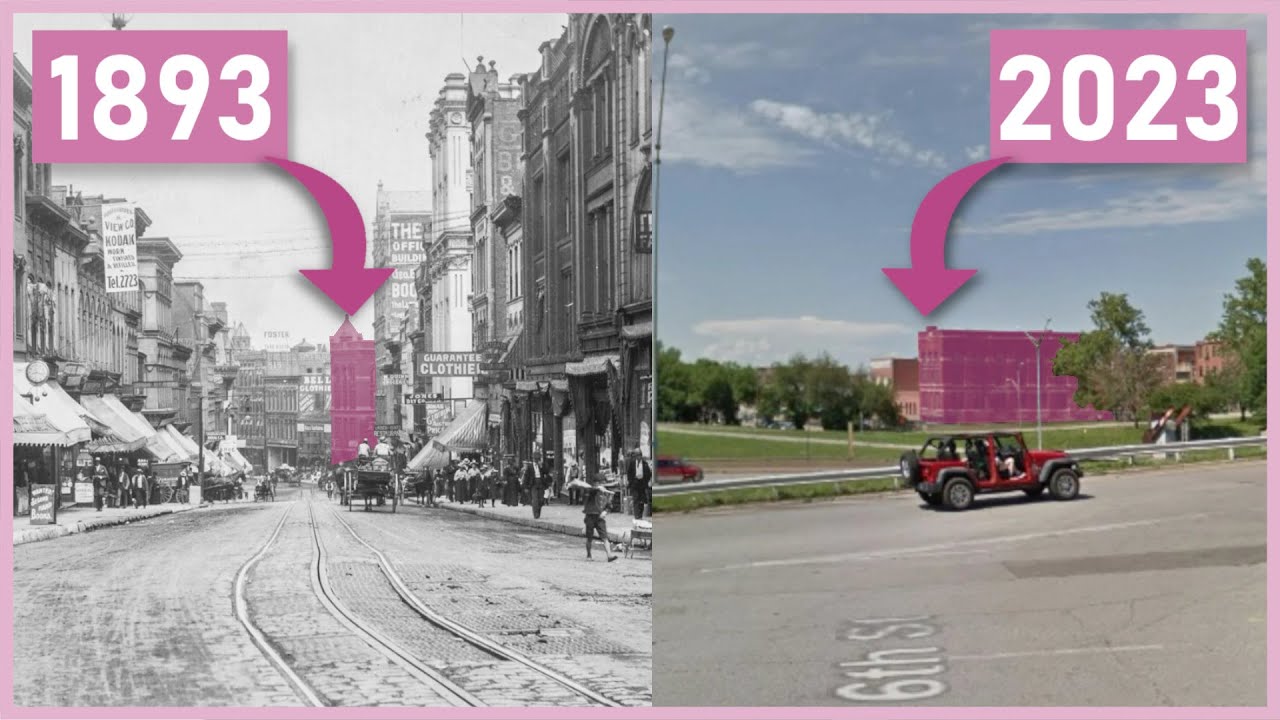The financial unsustainability of traditional, car-centric American suburbs, consisting mainly of single-family units, is a critical aspect of the problem of urban sprawl. The design of these suburbs necessitates constant expansion into undeveloped land. This is because the initial infrastructure costs, such as roads, utilities, and public services, are often subsidized by development fees and future property taxes from new construction. However, as these communities age, the costs of maintaining and replacing this infrastructure can significantly exceed the revenue from property taxes, creating a financial shortfall. This is often referred to as a “growth Ponzi scheme” – new development brings in a temporary influx of revenue, which is used to pay for the cost of existing liabilities, but in the process, incurs even more long-term liabilities.
Moreover, the dispersed, low-density nature of these suburbs compounds the issue, leading to inefficient public service delivery and increased per capita costs. The reliance on private vehicles, due to large distances between residences, workplaces, and essential amenities, also places a heavy financial burden on families, particularly those in lower income brackets. Affordable housing options are limited, contributing to socio-economic segregation. Furthermore, the conversion of natural and agricultural land into residential and commercial areas can lead to losses in ecosystem services, the costs of which are often not accounted for. Thus, from both a municipal and a resident perspective, traditional American suburbs present a financially unsustainable model for urban development.



This is all true, but doesn’t offer much of a solution or any alternatives. If I think about the concept of essentially living in a megabuilding from cyberpunk, I wouldn’t trust my fellow man to be clean enough to keep it from looking like the mega buildings from cyberpunk. Plus, cramming people into close quarters accelerates the transmission of disease, which would be problematic given how unclean I would expect such a place to be. It’s not that I disagree with these statements, urban sprawl is a problem.
The concept you’re looking for is called the ‘missing middle’. People assume the only two options are single family home suburbs or inner city mega apartments.
What’s missing are small mixed areas (which are illegal to build in most of the US) that have single family homes, duplexes, small apartment buildings, all mixed in with commercial spaces like grocery stores and restaurants.
The solution is known and has been implemented before the Robert Moses era (suburbs residence with down town offices): it’s triplexes, building with 1 or 2 large unit (families)+ 2-4 smaller units (configurations are highly flexible and can quickly adapt to demographic changes).
I have the chance to live in a neighborhood that existed before the car revolution. It’s simple, you need narrow 3 story buildings( with a small backyard and almost no frontyard nor parking lots (parking on the street only) and a commercial street every 4-5 street.
I’m in Montreal which is in North America and thus public transport is always underfunded and transportation budget is almost completely dedicated to single passengers trips living in suburbs (rant: old neighborhood have been getting almost no new infrastructure for decades because it just works and they took away trams while they spend billions trying to fix highway congestion). Even in that climate most residents in Montreal’s pre 50s neighborhoods don’t own cars (I have one child and I don’t own one) and almost no one owns two. It’s not because they can’t afford it, these neighborhood are considered prime locations and it would be cheaper for me to move in the suburbs and have one car (I was born in the suburbs and I wouldn’t force that on my kid). Most use the subway/bus or bike to downtown offices, many work in the neighborhood and walk or bike to work. For shopping I have a commercial street with everything I need (daycare, large grocery store, butcher, bakeries, fishmonger, pharmacies, libraries, hardware store, general household, clothing boutiques, toy store, kid candy store, adult candy store…) offered by many small independently own shops (much better for the local economy than one single Walmart) all in walkable distance (this not a new trend, my commercial street have been around for at least 50 years). For leisure, I have access to 5 parks, 2 public libraries, public pool, in summer time they close the street to car traffic and we have bouncy houses and wrestling matches in front of our fruit and vegetables store… For anything else I just use the subway to downtown.
I’ll rent a car 2-4 time a year for vacations and long trips and I’ll use our local car sharing service (Communauto) once every two weeks for stuff like furniture, landscaping materials …
I have been bragging a lot but, tldr, human friendly urban living is a solved problemt: it’s triplexes.